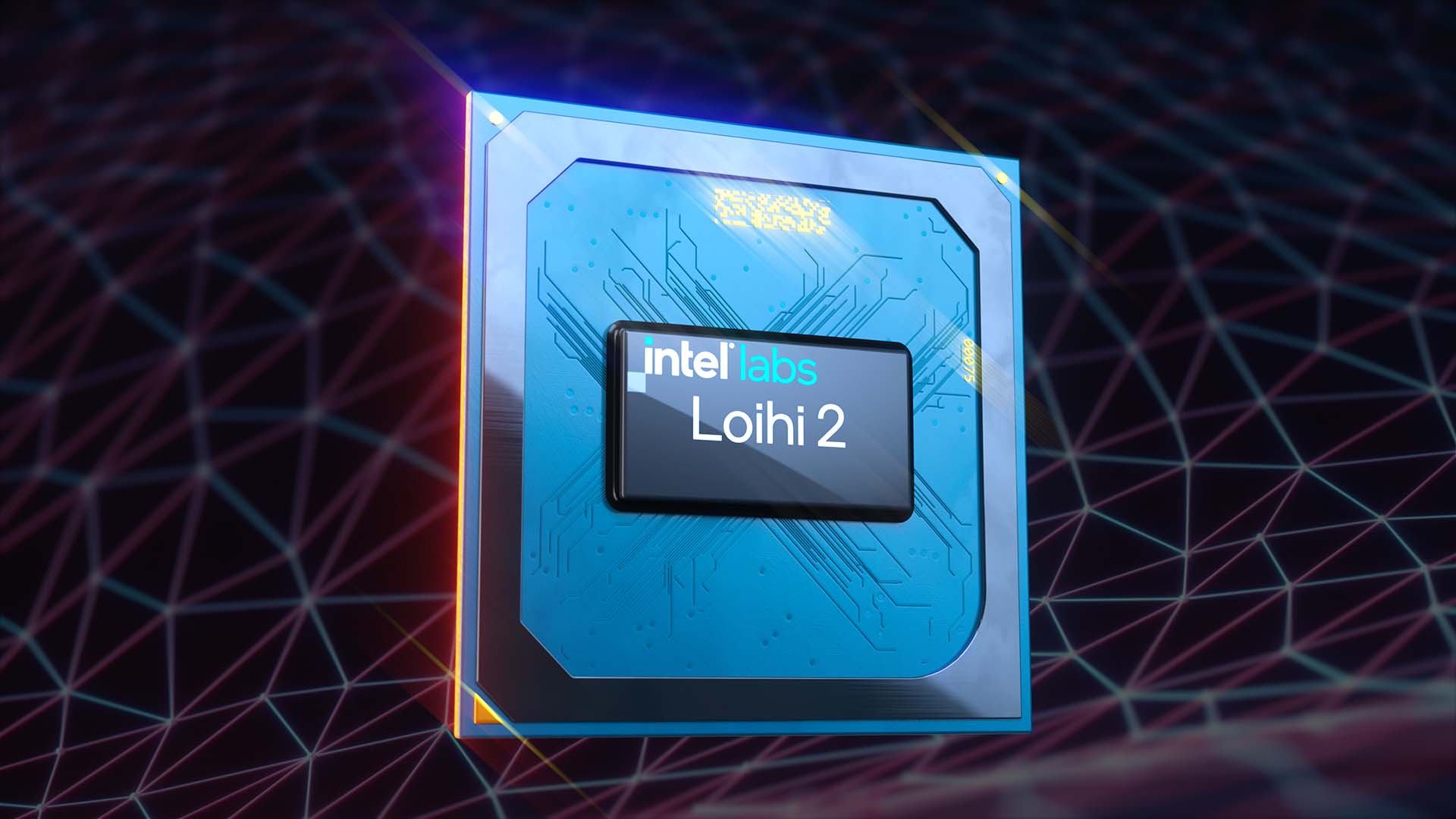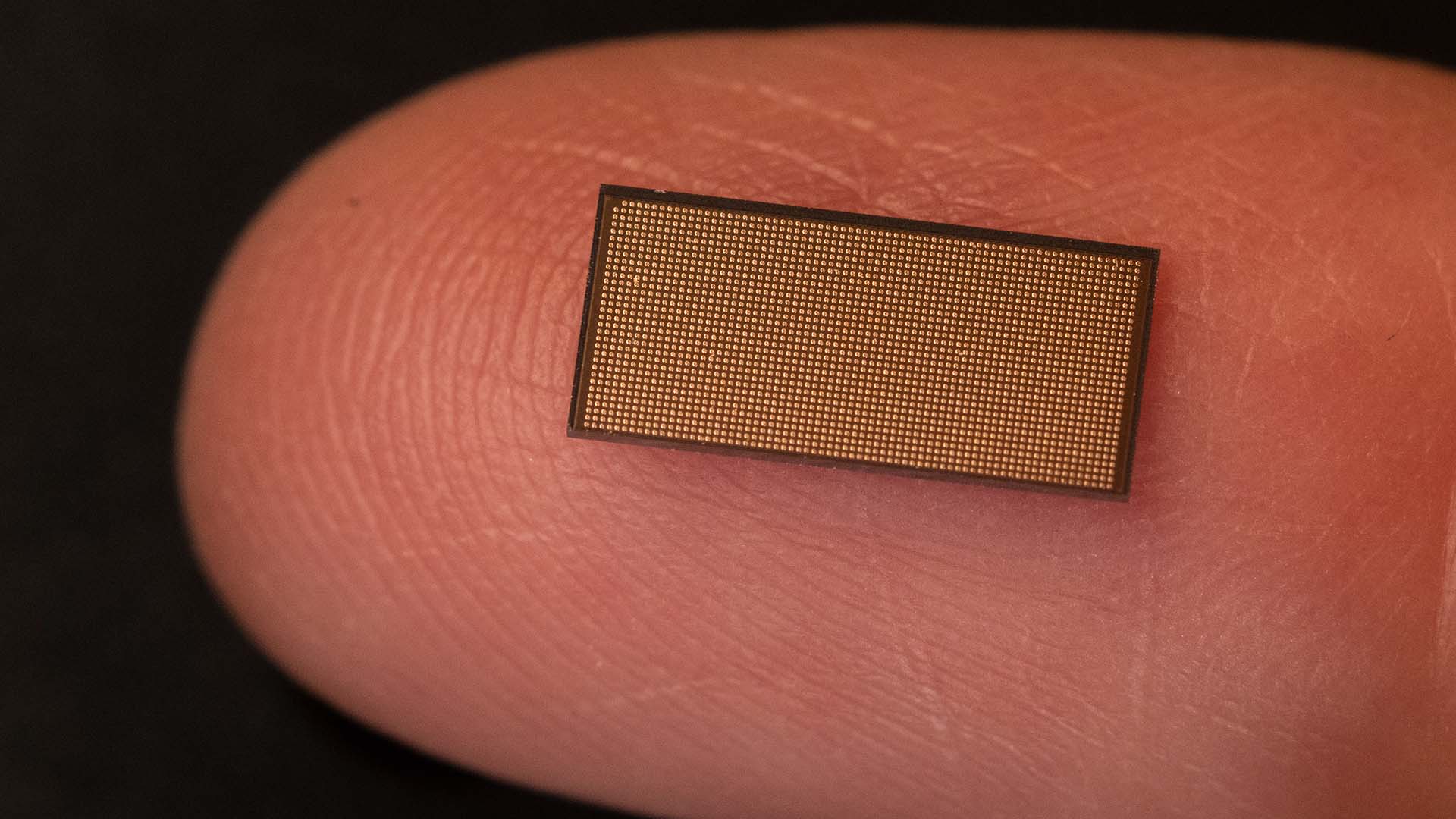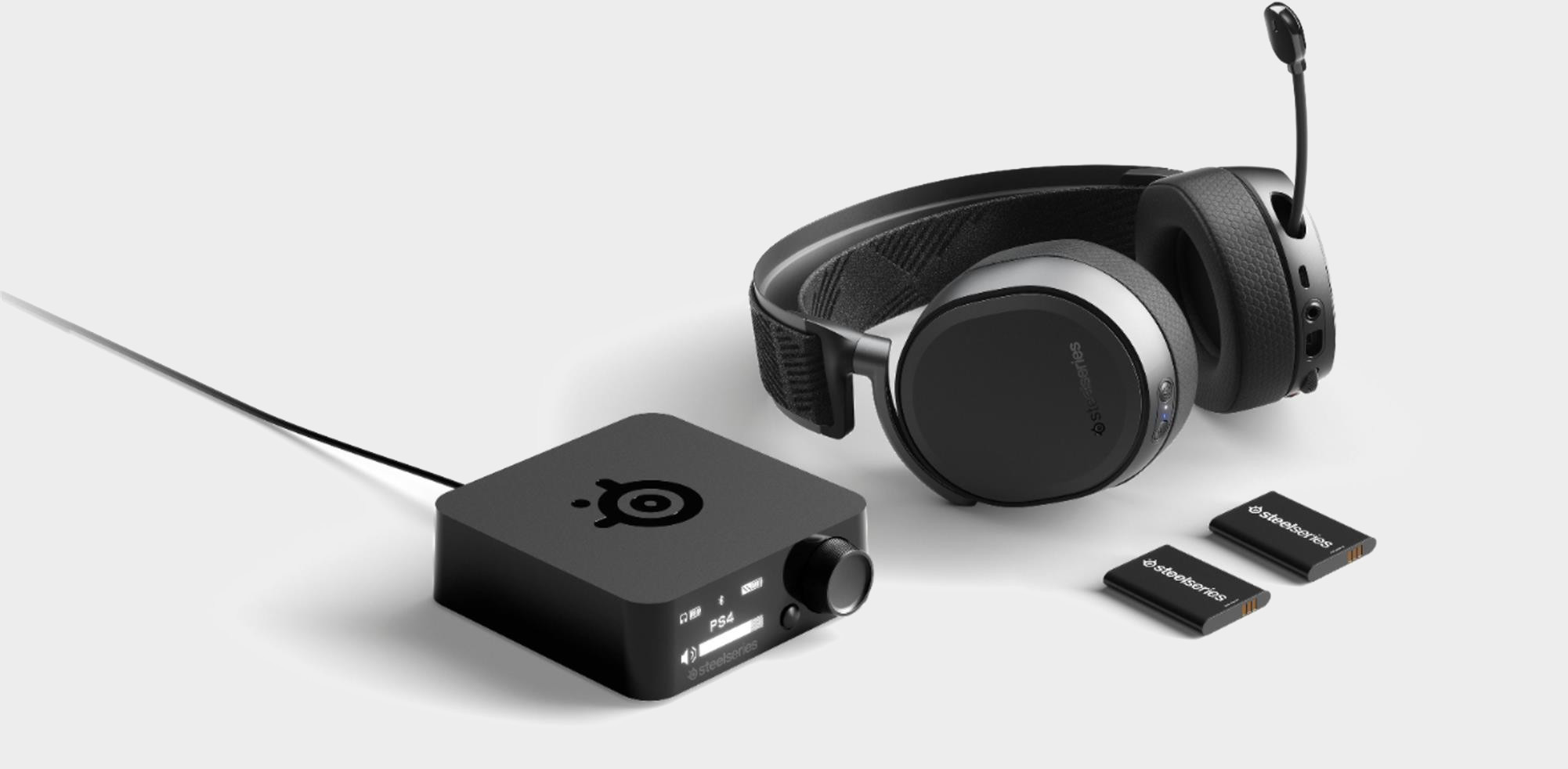Intel's new brain chip uses its first 7nm silicon
Intel's neuromorphic Loihi 2 chip uses an early version of its Intel 4 node.

Intel has just revealed its second-generation brain-like computer chip: Loihi 2. This processor is more man than your usual machine, incorporating faux neurons made out of silicon—up to 1 million of them. That's nearly ten times as many as the first generation Loihi chip, and that's partially underwritten by the use of a cutting-edge and never-before shipped process node: Intel 4.
Loihi 2 is a neuromorphic computing research chip, and that means it's intended to help develop further chips that behave more like a biological brain than a digital chip. This should lead to a better understanding of our complex brains and also create chips with high energy efficiency and speed in certain tasks. such as machine learning.
Loihi 2, Intel says, is already a massive improvement on the first-generation Loihi chip, which was released in 2017.
"Loihi 2 and Lava harvest insights from several years of collaborative research using Loihi," Mike Davies, director of Intel's Neuromorphic Computing Lab, says. "Our second-generation chip greatly improves the speed, programmability, and capacity of neuromorphic processing, broadening its usages in power and latency constrained intelligent computing applications. We are open sourcing Lava to address the need for software convergence, benchmarking, and cross-platform collaboration in the field, and to accelerate our progress toward commercial viability."
Intel's also releasing a new Lava software framework, as mentioned above, to offer a common foundation for researchers to build faster, more efficient models.
Loihi 2 also offers up our first glimpse of things to come for Intel's gaming CPUs. Loihi 2 is built with a "pre-production version" of the Intel 4 process node—that's what used to be known as 7nm, before Intel decided to rename its entire manufacturing roadmap.
The first gaming CPUs we expect from Intel on Intel 4 will be codenamed Meteor Lake.
Keep up to date with the most important stories and the best deals, as picked by the PC Gamer team.
There are reasons to be excited for Intel 4, though. Well, so long as you're a hardware buff. It's promising a 20% performance per watt gain over the Intel 7 node, previously known as 10nm Enhanced SuperFin, which will be used for Intel's upcoming Alder Lake processors.


Best wireless gaming mouse: ideal cable-free rodents
Best wireless gaming keyboard: no wires, no worries
Best wireless gaming headset: top untethered audio
Already off to a good start. Intel 4 is also a fully EUV enabled process node, which means it will use the very latest manufacturing machines money can buy in production. EUV, or Extreme Ultraviolet, is a manufacturing technology that has been on the cusp of use for years but is now finally moving from limited use cases to running the shop.
EUV should help reduce complexity for Intel in manufacturing chips, which should even translate to better yields and more consistent clocks. That's all very helpful when it comes to the final product we load into our gaming PCs, and could have a massive impact on performance and pricing.
Loihi 2 then is a chip of interest to a great many people, then. Not the least bit because it's seriously cranking up the number of silicon 'neurons' on a single chip. It's likely to find a use in a larger interconnected system, too, as Loihi was with Poihoki Springs or how Samsung plans to map a brain to a web of SSD storage. You heard me.

Jacob earned his first byline writing for his own tech blog. From there, he graduated to professionally breaking things as hardware writer at PCGamesN, and would go on to run the team as hardware editor. He joined PC Gamer's top staff as senior hardware editor before becoming managing editor of the hardware team, and you'll now find him reporting on the latest developments in the technology and gaming industries and testing the newest PC components.

